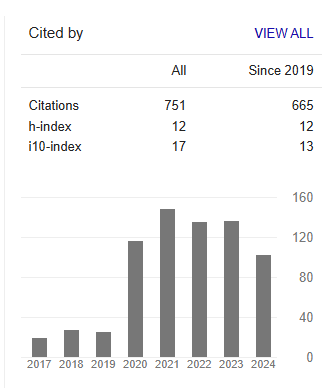Epidemiology of the Diabetic Foot Infection in a Tertiary Care Hospital in the Lebanon: A Retrospective Study between 2000 and 2011
Abstract
J Choucair, G Saliba, N Chehata, R Nasnas and NR Saad
Objectives: Describe the epidemiology of diabetic foot infections in Lebanon as well as the demographic and clinical characteristics of the patients. Study the microbiology of the infections and the bacterial resistances in the infected diabetic foot ulcers, in order to help reach an optimal care in the healthcare establishments.
Materials and methods: A retrospective study between January, 2000 and Mars, 2011 of medical cases of 167 hospitalized patients for diabetic foot infection at the Hospital Hôtel-Dieu of France in Beirut, Lebanon.
Results: The average age of the patients was 66 years, and males represented 73.65 %. The duration of diabetes was 20 years with a percentage of HbA1C >7 % in 79 % of the cases. 73.17 % of the patients had peripheral arteriopathy, 72.3 % peripheral neuropathy. Other complications of diabetes were associated: coronary problems (49.69 %), retinopathy (48.67 %) and renal disease (47.65 %). High blood pressure was found in 60.38 % of the cases, dyslipidemia in 48.73 %. Pseudomonas aeruginosa was the most frequently isolated bacteria from diabetic foot infections (19.15 %), followed by Escherichia coli (11.91 %), Staphyloccocus aureus (11.06 %), and of Enteroccocus fecalis (11.06 %). Most prescribed antibiotics were: pipéracllin/tazobactam, amoxicillin/clavulanic acid, and imipenme. Amputation was necessary in 36.3 % of the cases. The main risk factors of amputation, besides the infection itself, were history of amputation and arteriopathy
Conclusion: In the Lebanese population, the diabetic foot disease takes the aspect of pathology with male ascendancy, which affects, late in their lives, patients with a long-time, badly controlled diabetes. Often, several complications of diabetes are present associated, in particular arteriopathy and peripheral neuropathy. Pseudomonas aeruginosa was the most frequently isolated bacteria from diabetic foot infections in Lebanon. The amputation rate remains high: 36.3 %, with arteriopathy and history of amputation as risk factors.



